Sidechains - Crypto Academy / S4W8 - Homework post for pelon53.
Brief Overview of Sidechains
As the name implies, sidechain are chains that are pegged to a main blockchain, and runs parallel to the blockchain. They are developed to facilitate speed and also serve as an alternative route to getting things done in a faster way, than it would have been with the main chain. An example of a sidechain is the ZK-Rollup that runs in line with Ethereum, as well as Liquid Network of Bitcoin. Using the ZK-Rollup as a case study, Sidechain would be discussed indepth in the next section.
1.- Explain in detail the Sidechains with the use of ZK-Rollups.
ZK-Rollups is an Ethereum sidechain, which is identified with a layer 2 construction, which seeks to fix the problems of scalability in the blockchain.
It is a "zero knowledge proof" used in recording the validity of blocks on the Ethereum mainnet. With ZK Roll-ups, the computing resources as well as storage are reduced during the validation process. This is because zero knowledge of the data for a transaction is needed. Hundreds of transfers can be attached to a single transaction, and the smart contract will simply verify this transaction.
An overview of ZK-Rollup:
ZK-Rollup is made of two categories of users; the transactions and the relayers. The transactors are those who create and broadcast transfers to the network, with the transfer data consisting of the sender and destination address, the transaction figure, a nonce, as well as network fee.
An index version of the address would be generated, which will reduce the processing resources needed for that transaction. A deposit or withdrawal is created depending on the value of the transaction, either greater or less than zero.
The smart contract generated from the transaction will record the data of the transaction in two Merkle Trees; the amount in one and the addresses in the other.
Relayers on the other hand gather a larger volume of transfers and create a roll-up. They are also responsible for generating the hash known as SNARK proof. This SNARK proof will compare and contrast the wallet values before and after the transfers and notifies the mainnet of the changes in the form of a verifiable hash.
ZK-Rollup User Experiences
For all the users of decentralized applications that run the ZK-Rollup scheme, a lesser transaction fee would be charged. In order to create a zero knowledge proof, a large amount of computing power are often required. Users also enjoy a faster transfer speed in a decentralized structure. There is also an increase in the latency of block confirmations due to the delay of the SNARK proof.
Specifically, the advantages of ZK-Rollup include;
- Reduction in transaction fees charged per user transfer.
- There is no requirement for an FG (fraud game) verification, which often delay withdrawals as it is the case of Optimistic Roll-up.
- ZK-Rollup is proven to be faster than plasma and the Optimistic Roll-up.
- There are less data in each transaction. This increases scalability.
- With ZK-Rollup, blocks are computed in a format known as the 'parallel computing model', which promotes decentralization.
Disadvantages Of ZK-Rollup
- It is difficult to compute zero knowledge, therefore, data optimization is required for efficiency.
- It promotes centralization at the initial stage.
- The security level of ZK-Rollup is just an assumption as it is unverified.
- There is a quantifiable level of hacking threat due to quantum computation.
An example of ZK-Rollup is the ZKSynk of the Ethereum blockchain.
ZKSYNC
The ZKSYNC is the first established platform that uses ZK-Rollups algorithm. It was developed in 2020, it has solved some scalability problems faced by blockchains. In the Ethereum blockchain, ZKSYNC can manage a limitless number of transactions on layer 2. It is an open-sourced project whose scalability has outperformed other competing algorithms.
2.- Explain the Liquid Network side chain
The Liquid Network is a Bitcoin sidechain network that facilitates speedy and confidential Bitcoin transactions. It aids the transfer of assets into and out of the main chain.
The liquid network supports a kind of Bitcoin known as the liquid Bitcoin (L-BTC). This Liquid Bitcoin has the same value with the original Bitcoin (BTC). Coins are transferred from Bitcoin blockchain to the Liquid Network and back through a process known as peg-in.
Liquid Network is a Strong Federation development that was introduced in 2017 by blockstream. This strong federation is responsible for the development of a sidechain by playing the protocol adaptor role between sidechains and their anchor chain. Those who participate in the sidechain are held accountable for the security of the chain as the chain operates independently.
HOW LIQUID NETWORK WORK.
Bitcoin users can send their BTC to an external address known as the output address. In this address, the federation will ensure that the Bitcoin is locked so as to avoid double spending. Once there are confirmations amounting to 102 on the Bitcoin blockchain, the user can utilize his L-BTC.
During peg-out (That is, converting or sending the L-BTC back to a BTC wallet in the parent chain, a user's BTC would be ready for use after two confirmations had taken place in the liquid network. The time for this process depends solely on the condition of the network.
FEATURES OF LIQUID NETWORK
1. Transaction Privacy: One of the features of the Liquid network is private transactions. This feature allow the transaction details of a transaction to be shown only to the parties involved. The amount of a transaction could be concealed from other parties external to that transaction. This private transaction is more suitable for traders who do not want to be exposed publicly.
2. New Asset Creation: Liquid provides an avenue for the creation of new assets such as collectibles, security tokens, reward points, tokenized fiat, altcoins, etc. People who are interested in creating these assets can make use of the Liquid network. However, it is not the duty of the network to verify those assets.
Use Cases of Liquid Network
There are four most important uses of the Liquid Network. These are;
- It is used to issue new digital assets. Liquid Network enable the issuance of new assets like stablecoins, security tokens, collectibles, etc.
- It is used to improve Bitcoin transactions confidentiality. Transaction details are shown to all the parties involved, including third parties. This improves transparency.
- It is used for transaction processing: The liquid network is known for a faster processing of block transactions. The block transactions per minute are fast forwarded to boost speed.
- It is used for asset management in more than one exchange. With Liquid network, the opportunity to access their portfolio is granted to users via the API protocol. Their digital assets can be managed in several other exchanges.
3.- Describe the steps to connect the Metamask wallet and the Polygon network wallet. Show screenshots.
Step 1: I launched my metamask wallet and headed to the top left of the page where I have three dashes.
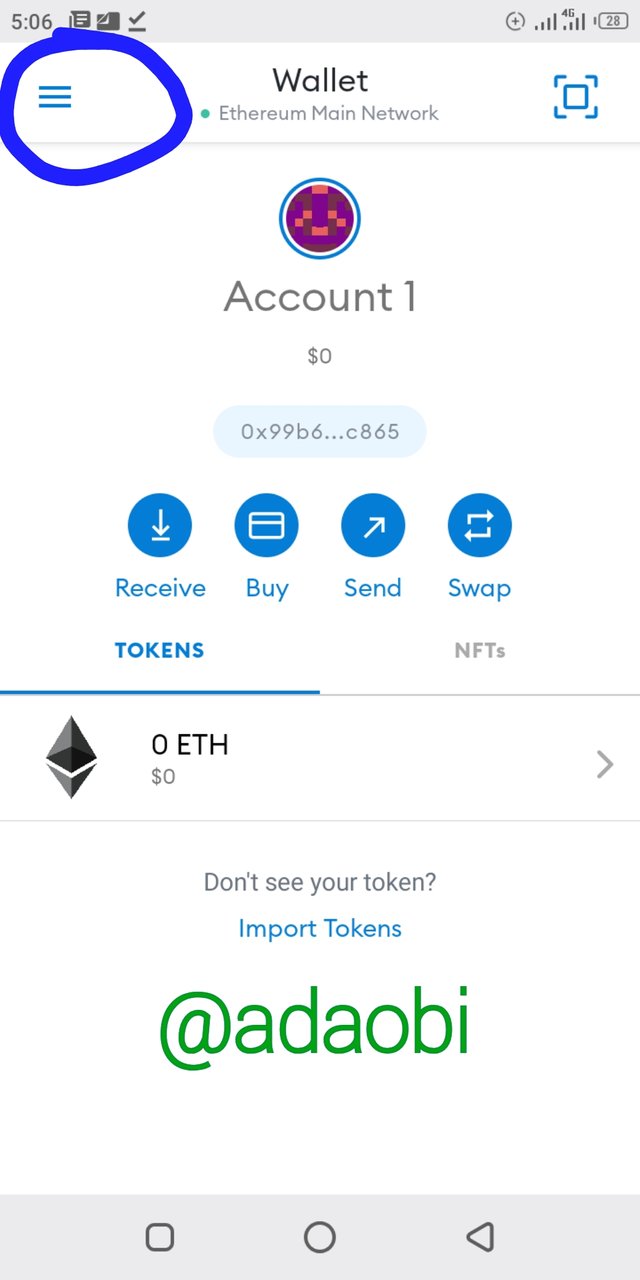
Step 2: I clicked on the three dashes and it showed where the settings are.
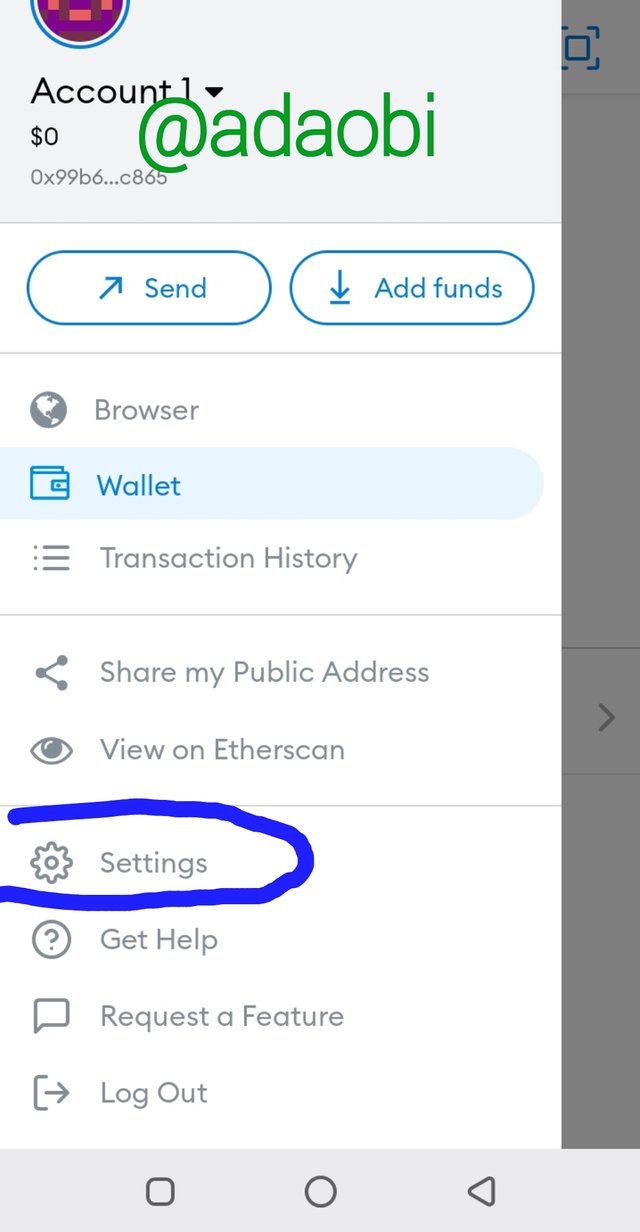
Step 3: I clicked on settings. When it opened, I clicked on network in order to add and manage the account.
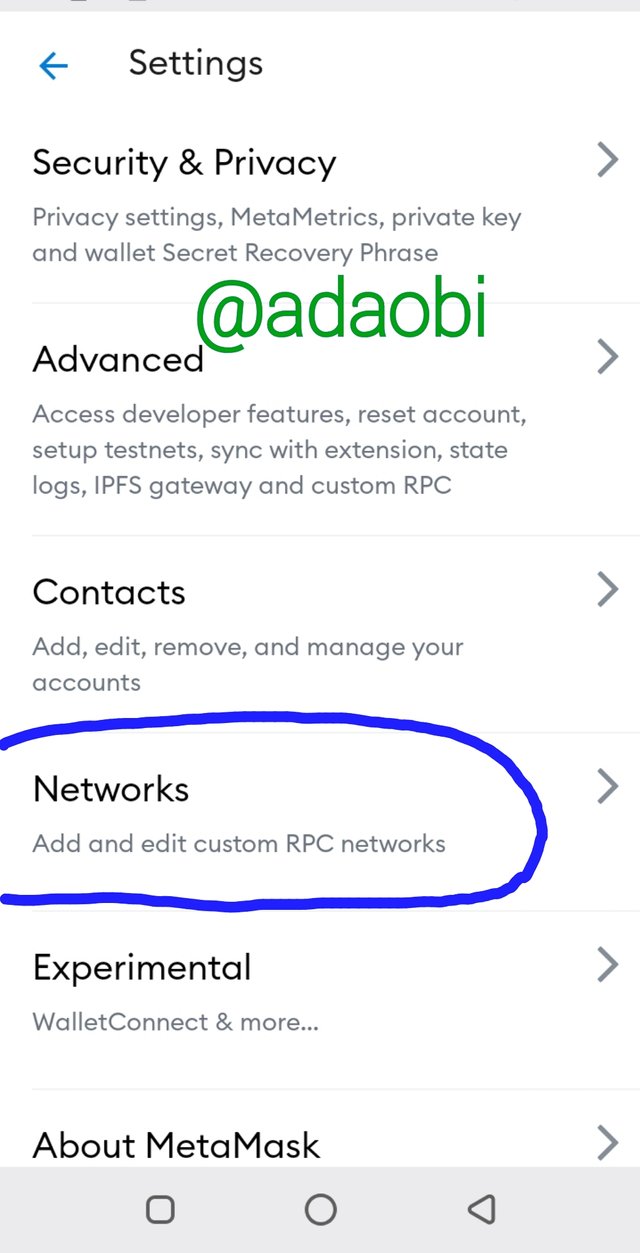
Step 4: The page opened and I click on "add network".
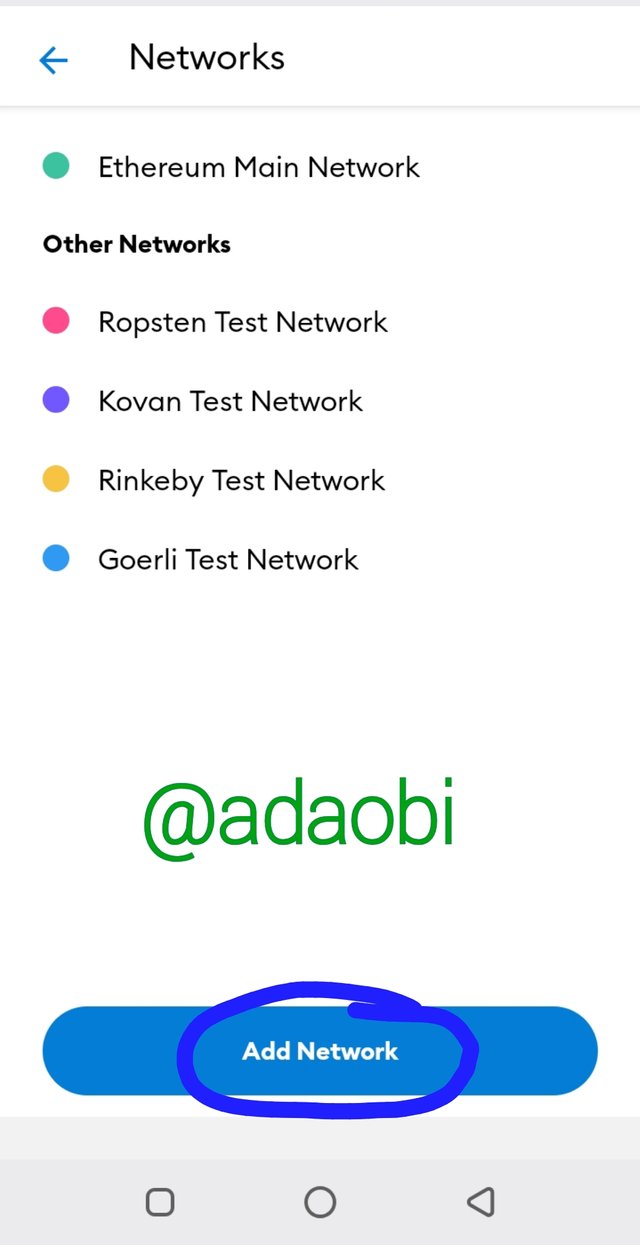
Step 5: I filled in the required Fields as shown in the screenshot below.
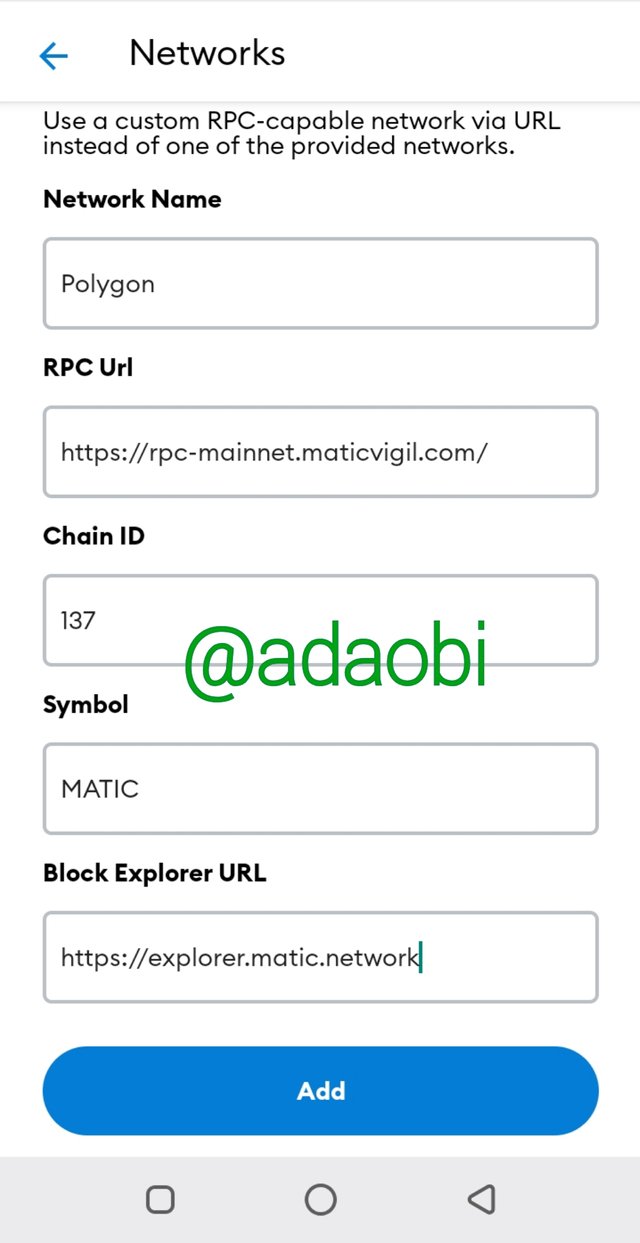
The network name as polygon, the RPC URL, The chain ID as well as symbol, and the block explorer. After filling I clicked on "add".
Step 6: The polygon wallet was successfully linked to my metamask.
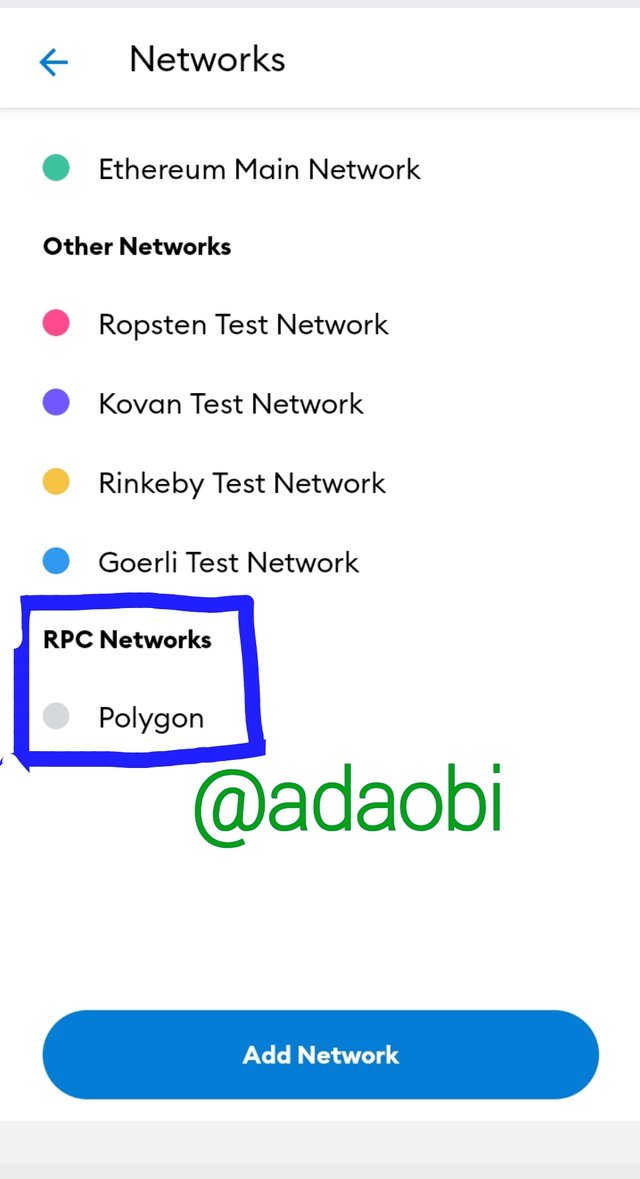
Step 7: In order to check, I went back to the network and polygon was added dematic token was also added to the tokens list.
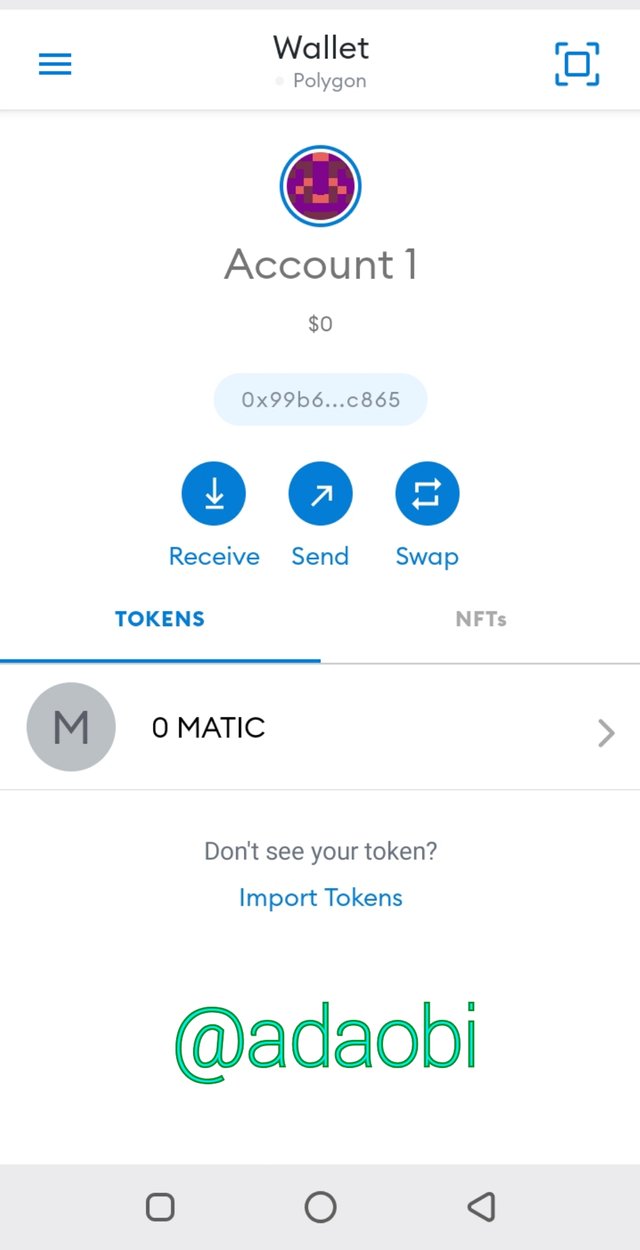
4.- According to the polygonscan block explorer, when will the block 25,000,000 be generated? Show screenshot. Explore the 12,000,000 block, at that time, what was the price of the Matic? Show screenshots.
To check when the 25 million block will be generated, I logged in to Polyscan. I typed in 25,000,000 in the search bar and the estimated time was shown.

From the display, the estimated time for the 25th million block to be generated is 121 days, 4 hours, 29 minutes, 32 seconds. That is it will be generated on Thursday February 24, 2022 at 21:51 14 GMT + 0 100 WAT.
I went back to the search bar again where I typed in 12,000,000 to explore the block.
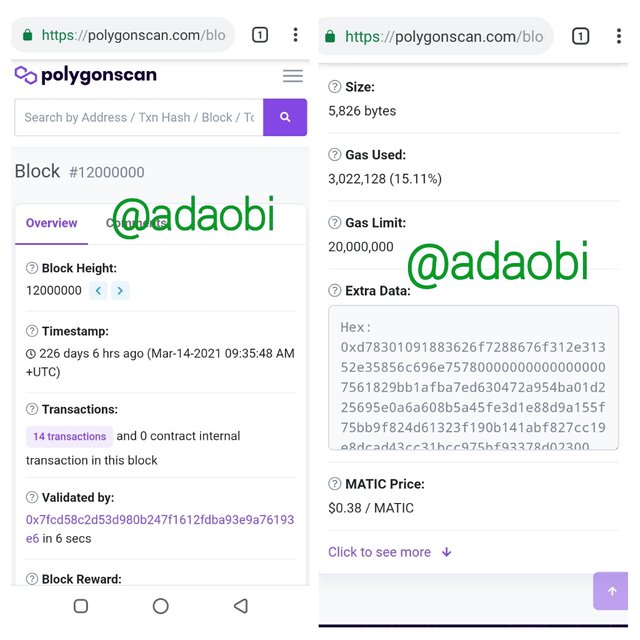
From what was displayed, the block was generated 226 days ago. That is March 14, 2021 at 9:35:48 a.m. The gas used was 3,022,128. The size is 5826 bytes. The price of MATIC at that time was $0.38.
CONCLUSION
Sidechains are very helpful in the blockchain industry. They offer great benefits such as increasing the speed of transactions. They are equipped with other great benefits. In all, blockchain operations have been improvised by the existence of sidechains. Scalability problems are therefore fixed to some extent with sidechain operations.
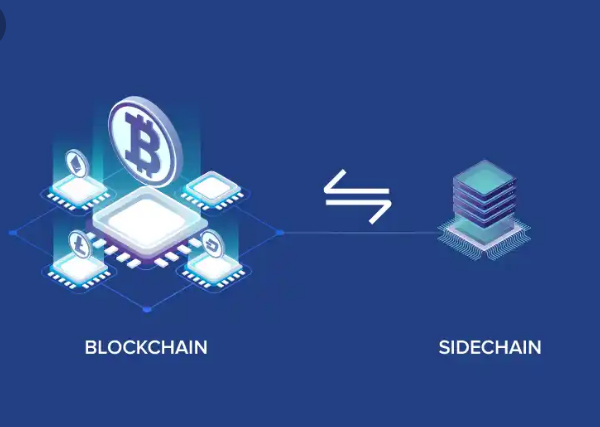
Invest/Delegate your Steem Power and be assure of your daily income. Click here for more details.
Join our Discord Server & Community for more details